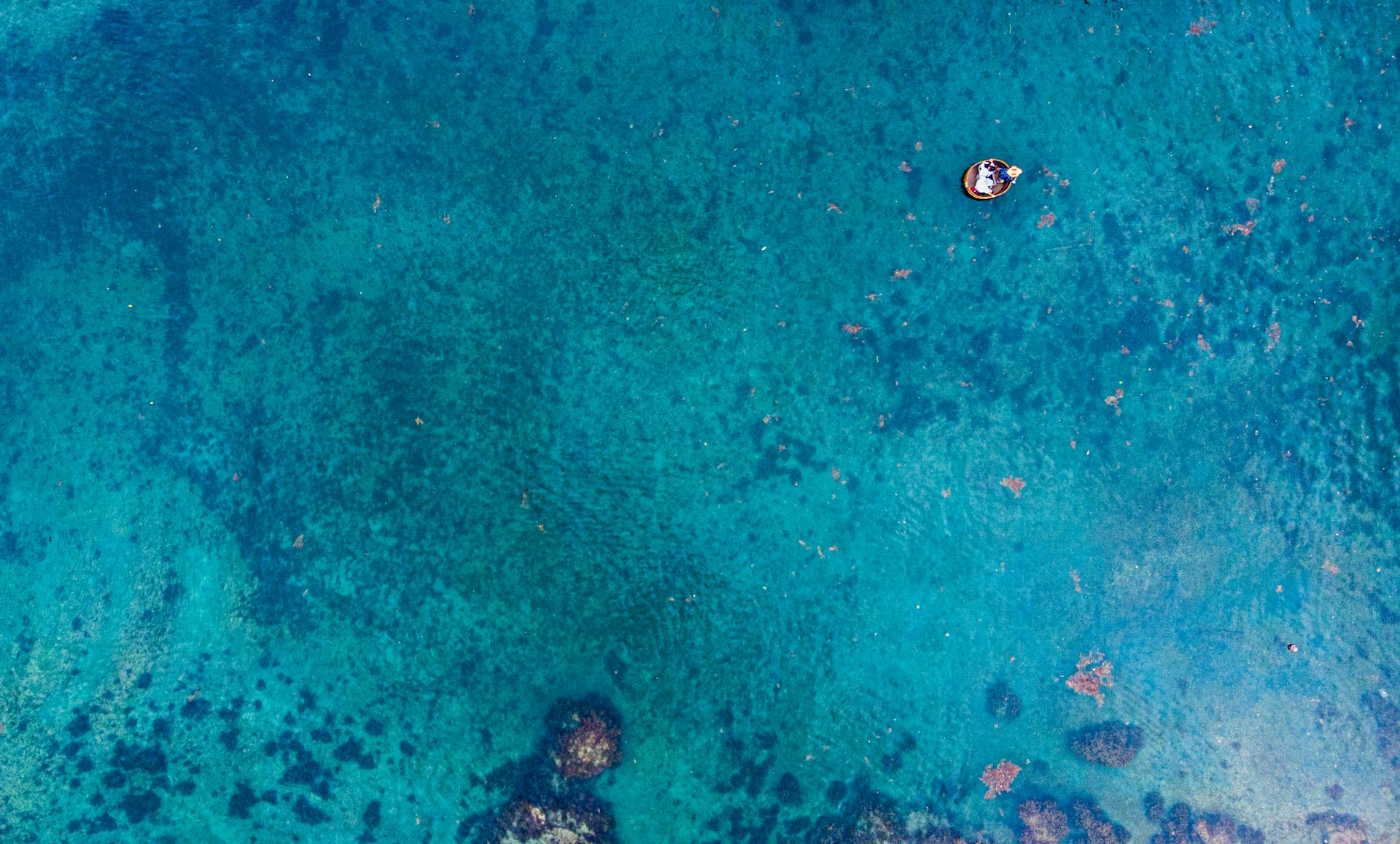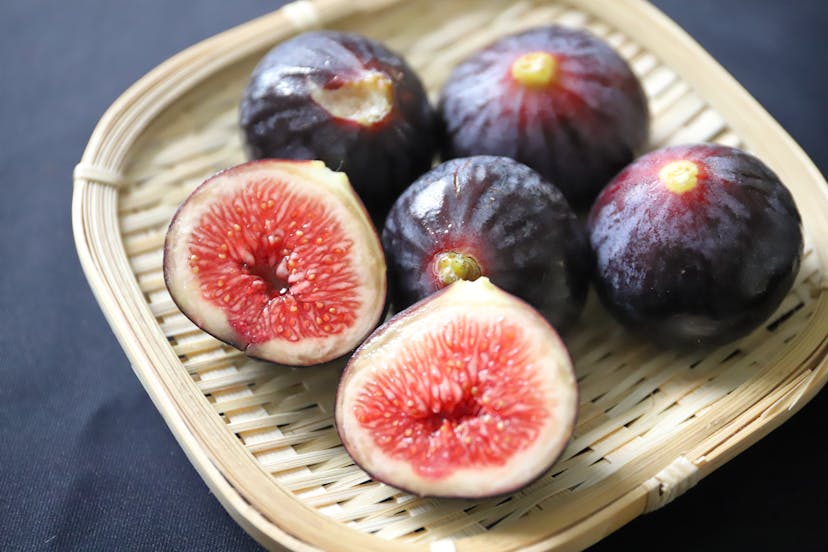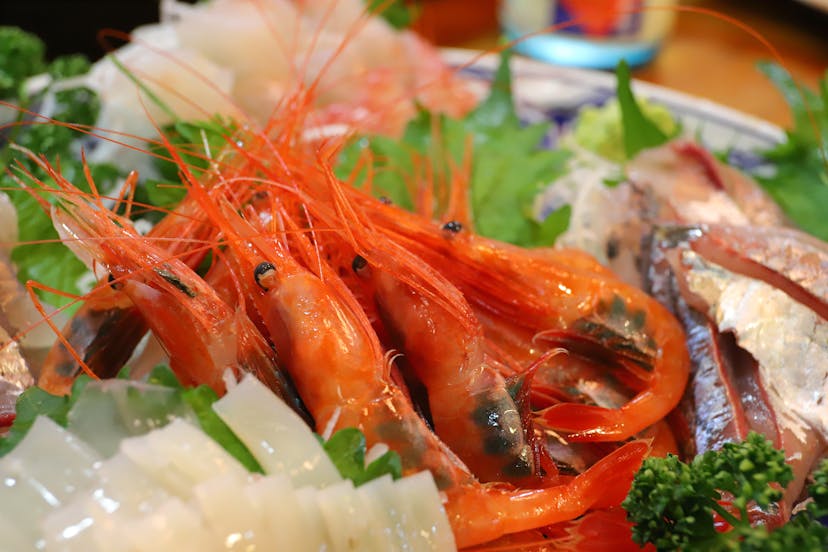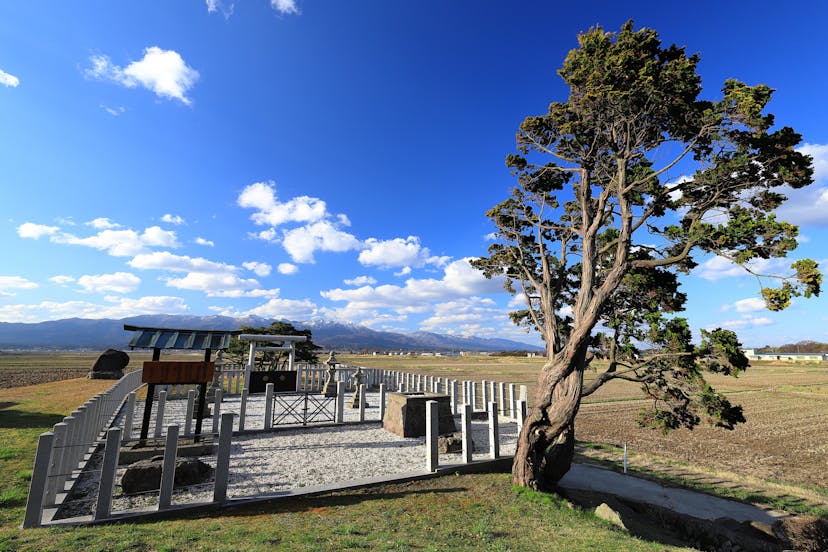
ABOUT
About Sado Island

Geography
Home to Earth Celebration, Sado Island has a circumference of 280.7 kilometers and an area of 855.7 square kilometers. It is the largest remote island in Japan, about 1.5 times the size of the 23 wards of Tokyo and Awaji Island in Japan, or islands outside Japan such as Guam and Phuket. Shaped like a stylized letter "S", Sado Island has the Osado Mountain Range that stretches to the north, with Mt. Kinpoku at an elevation of 1,172 meters above sea level. The Kosado Mountain Range, including the 645-meter-high Ojiyama, stretches to the south. The island's Kuninaka plains are located in the center of the island.

Nature
The 38th parallel north, or latitude 38° N, passes through the center of the island. Here, the seasonal winds and ocean currents foster native vegetation found in northern and southern Japan, making Sado Island a microcosm of the Japanese isles. In 2013, the entire island was designated as one of Japan's Geoparks, with a large majority of the island designated as areas of quasi-national parks or prefectural natural parks. Northern Osado is home to stunning natural scenery, including Mt. Kinpoku—Sado’s highest peak; Mt. Donden—home to groves of 300-year-old Japanese cedar trees and grassy plateaus; and Onogame—a giant turtle-shaped rock where daylilies grow en masse every summer. The mountains are also home to the mysterious Otowaike Pond, which has one of the largest marshy grasslands in Japan floating in the middle of the pond. In 2011, the entire island was recognized as Japan's first GIAHS (Globally Important Agricultural Heritage System), acknowledging Sado as a place where humans and the Japanese crested ibis (toki in Japanese) coexist in harmony. The inhabitants of Sado Island have gone to great lengths to restore the environment and make it suitable for toki to live safely again. The introduction of feeding grounds for the birds, a decrease in the use of agricultural chemicals, and research on forest protection were just some of the measures used to help restore the environment. With a coastline of approximately 280 km, Sado Island is said to feature all the coastal landforms of Japan, including sandy beaches and rocky reefs. Visitors can enjoy the beautiful scenery on a drive around the island, or experience a range of marine activities such as swimming, diving, and sea kayaking at various locations.
Food
Sado is a fruit paradise, with an abundance of persimmons (the Okesa variety), apples, grapes, Le Lectier pears, figs, strawberries, and other fruits grown on the island. Sado Island offers unique, rich culinary experiences for visitors to enjoy. Sado's natural environment, mild climate, pristine water, and mineral-rich sea breeze work together to produce some of Japan’s tastiest rice. The island is famous for its Japanese sake made from this rice, as well as abundant seafood from the surrounding sea. Other delicacies include Sado beef and dairy products, and local cuisine such as soba (buckwheat) noodles, dango (sweet dumplings), and igoneri (seaweed jelly).


Culture
The culture on Sado Island largely falls into three categories: aristocratic culture, brought by nobles and intellectuals who were exiled to Sado; samurai culture, brought from Edo by magistrates and government officials as the mining industry was developing; and merchant culture, brought by merchants and sailors on the Sea of Japan trade ships (Kitamae-bune in Japanese). This fusion of culture makes Sado Island a veritable microcosm of Japanese culture. Read more on Sado Island’s traditions and culture


Sado Island and Kodo
Earth Celebration is hosted by Sado City and Kodo, the world-renowned taiko (Japanese drum) performance ensemble based on Sado Island for over 50 years, since the days of its antecedent group, Sado no Kuni Ondekoza. The group used to live in a former schoolhouse overlooking Mano Bay on the west coast of central Sado. In 1988, Kodo moved to 13.2 hectares of land on the Ogi Peninsula and established its base, Kodo Village. Surrounded by forest, this complex has a Main Office Building, Rehearsal Hall, Residential Building, Workshop, and Recording Studio. Today, 60 Kodo performers and staff from throughout Japan live and work at this creative hub. In 1997, the group launched Kodo Cultural Foundation to further its activities on Sado. In recent years, the Foundation opened facilities that can be used and enjoyed by the public, including Sado Island Taiko Centre (a.k.a. Tatakokan) and Fukaura Schoolhouse (a former school building), which is now used as a training facility. About an hour's drive from Kodo Village, the group has another facility: Kodo Apprentice Centre. Managed by Kodo Cultural Foundation, this is another former school building that Kodo has repurposed as a place where young hopefuls can live and train communally, aspiring to become Kodo members. So, how did the Kodo story begin? In the early 1970’s, in the days of student revolt, Kodo’s precursor Sado no Kuni Ondekoza had a youthful dream to build a school for the traditional Japanese performing arts and crafts (Nihon Kai Daigaku, The Sea of Japan University). Sado Islanders’ receptiveness to that dream encouraged the founding members to move here. To achieve this goal, the group needed to develop the necessary resources, and so they formed a performance group and set out to bring the sound of the Japanese taiko to the world to raise funds and gather support. After performing internationally in the 1970s and garnering recognition, the group re-launched in 1981 under the name Kodo. In 1988, they moved to their current home of Kodo Village on the Ogi Peninsula. In the same year, the very first Earth Celebration was held. Kodo has continued to develop its various facilities ever since, creating places to foster creativity and exchange in the beautiful natural surroundings of this part of Sado Island. By co-hosting Earth Celebration with Sado City, Kodo enjoys bringing people together from all over the world, giving back to its island home and sharing its unique charms with everyone who attends.

Sado Island has many wonderful attractions. We hope this overview entices you to come and explore this special part of Japan for yourself!